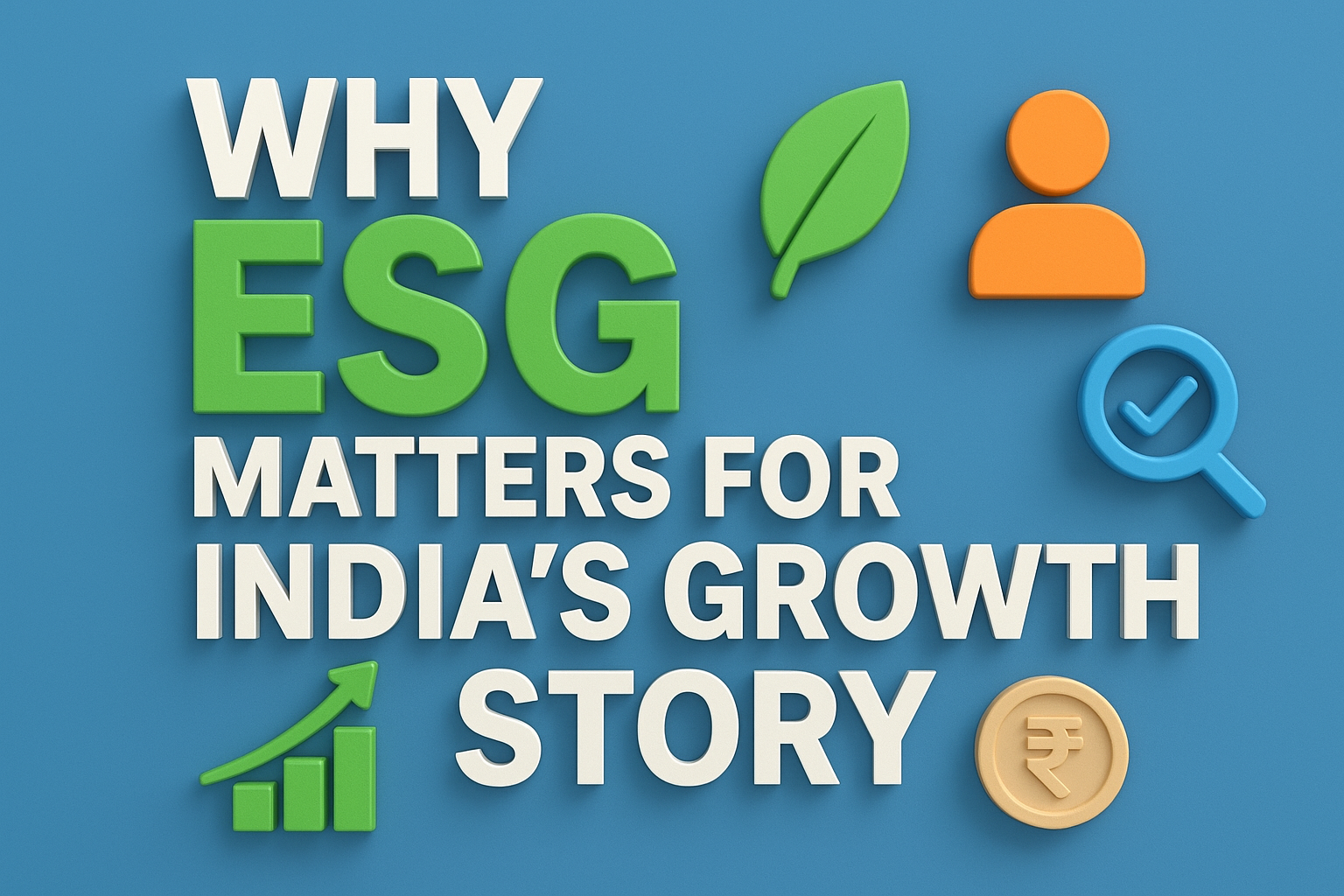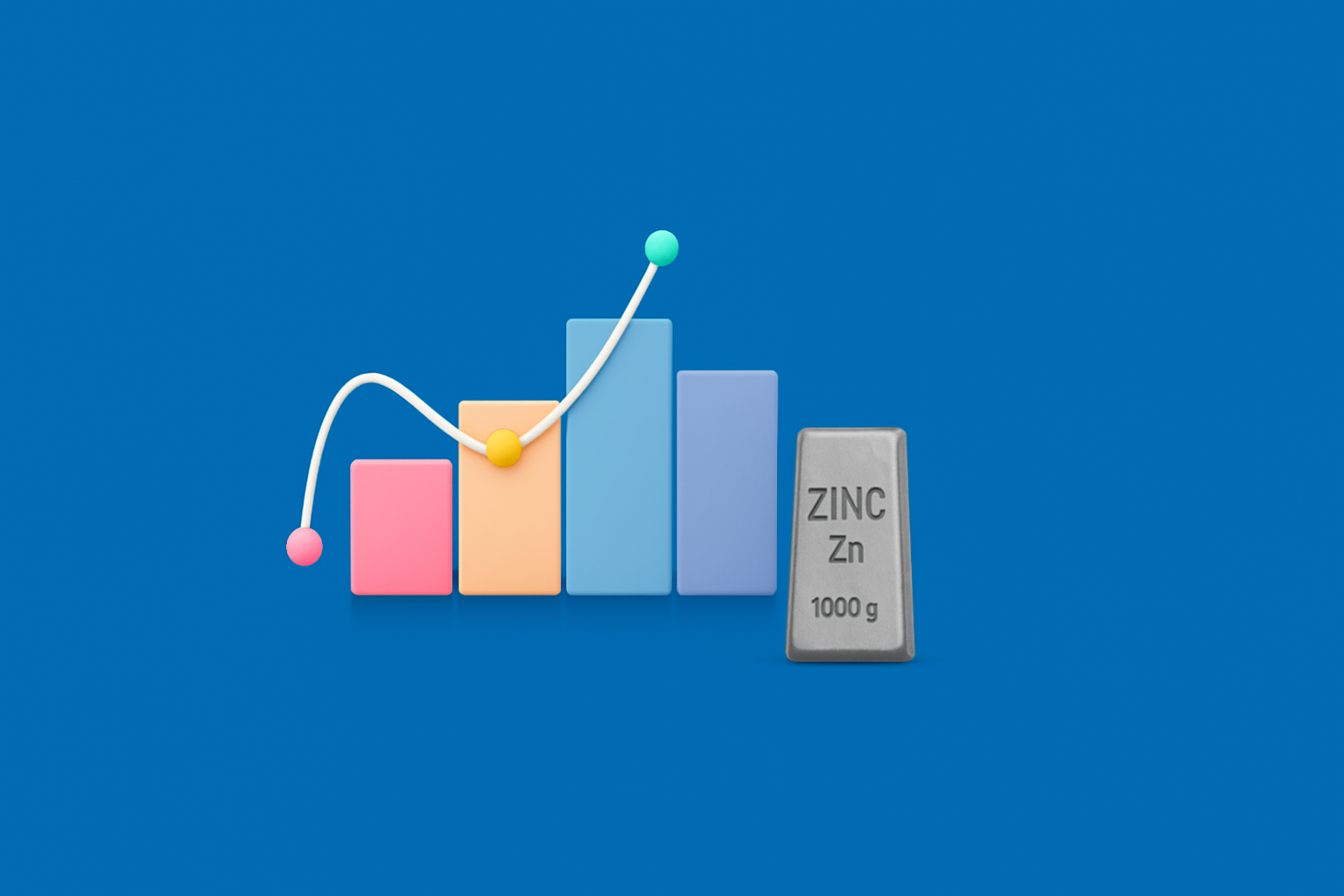Best Tax Saving Funds of 2025

- Published Date: January 06, 2021
- Updated Date: June 17, 2025
- By Team Choice
It’s Tax Saving Season. While we oscillate between resolutions and aspirations in the first month of this brand new year, it is the best time to plan and set our finances in order.
Tax Saving Funds
Under the “Tax Saving Funds” umbrella, usually investors think that they have the easiest way forward to invest. Investors simply look at historical returns before investing in ELSS, however, in ELSS funds there are many aspects to look at other than past returns. Let’s look at ELSS Funds in detail.
ELSS Funds
Equity Linked Savings Scheme or more conveniently called as Tax Saving funds are essentially multi-cap funds with 3 years lock-in period. This helps a fund manager decide the exposure one should take in stocks of different capitalization viz. Large Cap, Mid Cap, and Small Cap.
The fund’s risk-return profile changes based on this exposure. For example: If the large cap exposure is higher the risk decreases versus if the small cap exposure is higher the risk will increase.
In Indian markets, there are more than 30 funds in ELSS category and selecting a right fund can be a challenging task.
(BTW Best ELSS Funds or Best Tax Saving Funds is a Misnomer, there is no such thing!)
If you are a conservative investor and do not wish to take more risk, then here are some funds you can look at:

Funds from the above table are suitable for conservative investors because the large cap exposure is fairly high.
The fund portfolios of all three funds are well diversified. We also analysed the fund manager’s management style for these funds. With a focus on quality and returns the fund managers of above funds avoid undue risk and pick stocks only if they have a strong conviction. Such investment style is suitable if you want to reduce the risk in your portfolio.
Now, for an aggressive investor, Investica’s shortlisted funds are:

In these funds, the large cap exposure has gone down significantly (except. Motilal Oswal Long Term Equity Fund), in turn increasing the mid and small cap exposure. In Motilal Oswal Long Term Equity Fund, the portfolio is very concentrated with a total number of stocks of 33. Such type of concentration increases the risk. Hence this fund is included in the list of aggressive funds.
What was 2018 Like for Indian Markets?
The year 2018 had been very volatile for Indian markets where most of the equity funds gave negative returns. In such volatile markets, conservative investors should select a fund which has limited downside return probability (i.e. the fall in the fund performance is lesser than the market because of conservative stock picking strategies) Hence, with reference to above tables conservative ELSS funds have given better returns over last one year as compared to aggressive funds.
Since ELSS funds have a lock-in of 3 years, the returns get normalized but if a conservative investor invests in an aggressive fund, the volatility in the fund may get overwhelming. However, if an aggressive investor invests in conservative funds, he may be disappointed by the fund performance over long term. Hence, if you select the fund based on your risk taking ability rather than just past returns, your investment journey will be smooth not to mention peaceful.
Recommended for you

Why ESG Matters for India’s Growth Story

FII DII Data - Live Data

Zinc Future Price Forecast for Next Week
